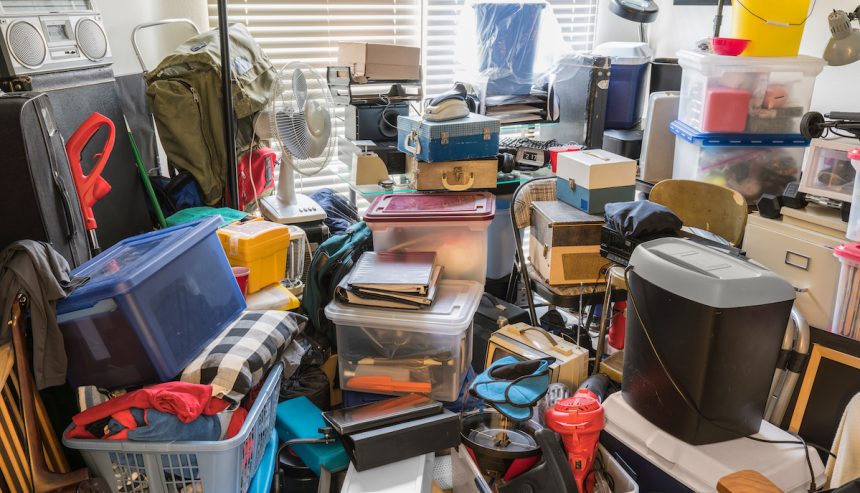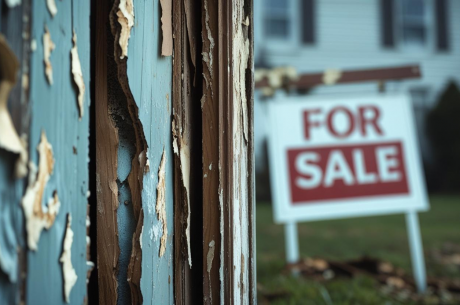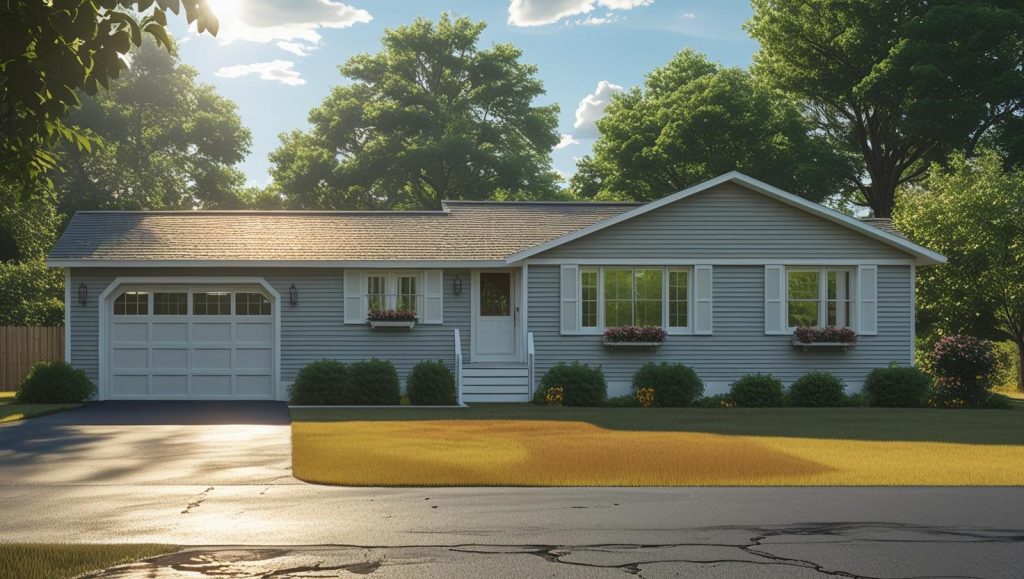Fire Restoration, Water Restoration, Biohazard Cleanup, Moldy Contents
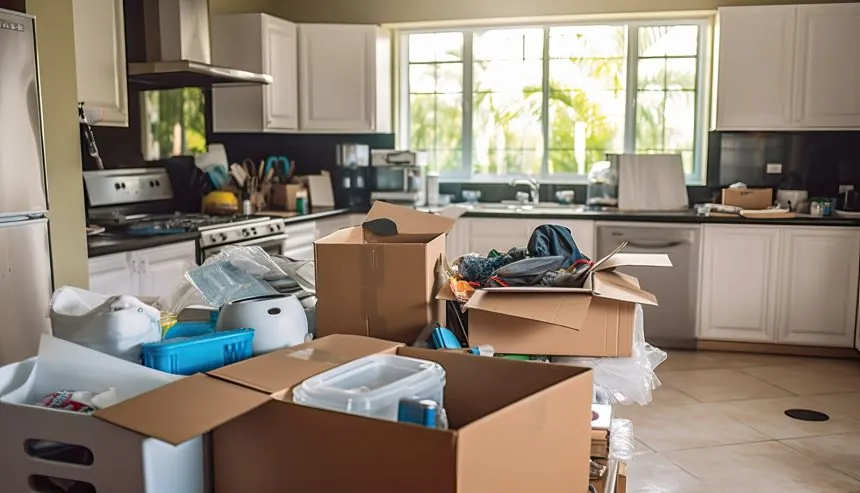
What is a Professional Packout?
A packout service is an essential service for ensuring the saftey, care, and restoration of your belongings by providing peace of mind during a challenging time.
Professional Packouts are essential services performed by restoration companies to help property owners recover after property damage caused by water, fire, or mold. This process involves removing and transporting damaged property to a secure location for processing, storage, and restoration. Contents pack out and move back services help elevate the stress of relocation from a property emergency. In situations where there is a large loss due to fire and water, pack outs ensure a smooth and organized process for safeguarding your belongings and returning them when the property is move-back ready. Pack outs can be utilized in situations where damaged contents need to be separated from salvageable items, documented and disposed of and salvageable items removed, cleaned and stored securely on your premises in a pod or a local storage facility. PuroClean of Strafford County offers Professional Packouts and onsite storage in our warehouse located in Nottingham NH.
Benefits of a Packout:
- Minimized Risk: Protects belongings from further damage during the structural restoration of the property.
- Enhanced Restoration: Allows for more specialized and thorough restoration techniques than might be possible on-site.
- Organized Process: Ensures a systematic and documented approach, aiding in insurance claims and overall efficiency.
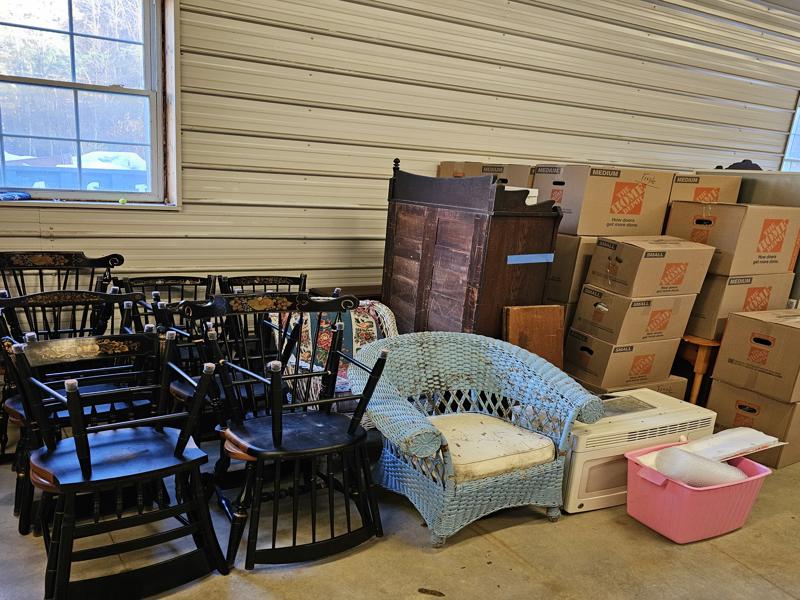
Professional Packout Steps
Initial Inspection and Assessment
During the initial inspection and assessment, restoration professionals conduct a comprehensive evaluation of all affected contents to determine their potential for restoration to pre-loss condition. This critical first step involves several key activities:
- Detailed Examination: Each item is meticulously examined to assess the extent of the damage. This involves looking for signs of water damage, smoke residue, structural integrity issues, and other types of deterioration. The goal is to understand the full scope of damage that each item has sustained.
- Identification of Pre-Existing Damage: Restoration professionals carefully identify and document any pre-existing damage to ensure that only new damage related to the recent event is considered in the restoration plan and insurance claim.
- Documentation and Record-Keeping: Each item’s condition is thoroughly documented through detailed photographs, and inventory lists.
- Estimation of Losses: Based on the inspection and documentation, restoration professionals can provide a detailed estimate of the losses. This estimate includes the cost of restoration and any items that may need to be replaced entirely.
- Decision-Making: After the initial assessment, restoration professionals will discuss their findings with you. They will inform you about which items can be restored, the methods that will be used, and any items that may not be salvageable items.
Securing Non Packout Items
Securing non packout items involves protecting items that do not need to be packed out for off-site restoration. These items are secured on-site to prevent further damage while structural repairs are underway.
By isolating and protecting these items, restoration professionals can ensure they remain safe throughout the restoration process.
In-Place Cleaning
In-place cleaning is a method where items are cleaned on-site to avoid the risks associated with transporting fragile or oversized items.
This technique is particularly useful for preventing additional damage from acidic residues, which can cause further deterioration if not promptly addressed. Cleaning items in place helps preserve their condition and reduces the complexity of the restoration process.
Handling Small Items
Handling small items involves a detailed and careful process where each item, such as kitchen utensils, cookware, and storage containers, is individually wrapped in paper, boxed, labeled, and inventoried.
This meticulous approach ensures that every small item is accounted for, protected during transportation, and easily retrievable when needed. Proper labeling and inventory management are critical to maintaining order and ensuring nothing is lost or damaged.
Inspecting Large Items
For inspecting large items like upholstery and wooden furniture, restoration professionals often use high-intensity light to detect all existing damages.
This thorough inspection is essential for accurately assessing the restoration needs of large items. By identifying all pre-existing conditions, professionals can develop a tailored restoration plan that addresses each item’s specific requirements.

Inventory Documentation
Inventory documentation is a critical aspect of the packout process, providing a detailed and systematic record of all items being restored. This documentation serves several essential purposes:
- Comprehensive Record-Keeping: Restoration professionals create detailed inventory sheets that list all items involved in the restoration process. Each item is cataloged with specific information, including:
- Description: A clear and concise description of the item (e.g., “wooden dining table,” “leather sofa”).
- Condition: Notes on the current condition of the item, including any pre-existing damage and new damage caused by the loss event.
- Photographs: Visual documentation of the item’s condition through photographs, which provide a clear before-and-after comparison.
- Pre-Existing Damage Documentation: By noting any pre-existing damage, the inventory documentation helps distinguish between damage that was already present and damage resulting from the recent incident.
- Insurance Claims Support: The detailed inventory sheets are an invaluable resource for filing insurance claims. They provide:
- Evidence: Clear evidence of the condition and value of each item before and after the loss, supporting your claim’s validity.
- Estimates: Information needed to create accurate cost estimates for restoration or replacement, aiding in negotiating settlements with insurance companies.
- Transparency and Accountability: Providing you with a copy of the inventory sheets ensures transparency throughout the restoration process. You can track the status of your belongings, verify their condition, and have a clear understanding of what is being done.
- Reference for Restoration Professionals: The inventory documentation serves as a reference for restoration professionals, guiding their work and helping them prioritize tasks based on the condition and value of each item.
- Tracking Progress: As the restoration progresses, the inventory documentation is updated to reflect any changes in the condition of items, completed restoration tasks, and any items that may need further attention.
- Return and Reinstallation: When the restoration is complete, the inventory documentation assists in the organized return and reinstallation of items.
Transportation and Loading
During transportation and loading, items are carefully packed and secured in a covered box truck. Restoration professionals use pads and appropriate packing protocols to protect items during transit.
This packout step is crucial in the pack-out process to prevent any further damage while items are being moved from one location to another. Proper handling and secure transportation are key to maintaining the integrity of the items being restored.
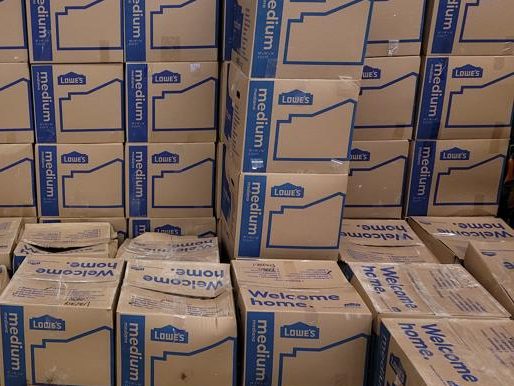
Professional Packouts
Monitoring and Communication
Monitoring and communication are vital components of the packout and restoration process. Restoration professionals continuously oversee the progress of the restoration work, ensuring that everything is proceeding according to plan and addressing any issues that arise promptly. Regular updates are provided to keep you informed about the status of your claim and the restoration progress. This ongoing communication ensures transparency and allows you to stay engaged with the process. By receiving frequent updates, you can make informed decisions and provide any necessary input or approvals before the items are returned to your home or business.
Determining the Value of Your Contents
It’s important to note that PuroClean of Strafford County does not determine the value of your contents. This responsibility falls to your insurance adjuster, who will assess and account for depreciation and other factors. The best piece of advice is to thoroughly review any receipts or records you have that can help determine the value of your own contents. Keeping detailed records of your belongings can significantly ease the claims process with your insurance company and ensure you receive fair compensation for your losses.
Our Commitment to Professional Packout and Recovery Services
At PuroClean of Strafford County, we pride ourselves on delivering top-notch, highly-rated professional services in the property remediation industry. We cater to both commercial and residential clients, serving the southern counties in New Hampshire, the Lakes Region, and southern Maine. Our team of experienced professionals is dedicated to providing exceptional service, ensuring that your property is restored to its pre-loss condition efficiently and effectively. Whether you’re dealing with water damage, fire damage, mold, or biohazard cleanup, you can rely on PuroClean of Strafford County for prompt and reliable assistance. Trust us to be your partner in recovery, helping you navigate the challenges of property damage with expertise and compassion. Call us today, (603) 664-3727.
Frequently Asked Questions – Professional Packouts
What is a Professional Packout?
A professional packout is an essential restoration service that involves carefully removing, transporting, and storing your belongings in a secure location for cleaning, restoration, and safekeeping. This service is typically performed after property damage from water, fire, or mold to protect your items from further damage while structural repairs are underway.
When do I need a professional packout service?
You may need a packout service when:
- Your home has suffered significant fire or water damage
- Mold contamination requires extensive remediation
- Structural repairs will take an extended period
- Items need specialized restoration that cannot be done on-site
- Your belongings are at risk of further damage if left in the affected area
What types of items can be packed out?
Professional packouts can handle virtually any household item, including:
- Furniture (upholstery, wooden pieces, antiques)
- Kitchen items (cookware, utensils, appliances)
- Clothing and textiles
- Electronics and media
- Documents and books
- Artwork and collectibles
- Personal belongings and keepsakes
How long does the packout process take?
The duration depends on several factors:
- Size of the affected area
- Number of items to be packed
- Extent of damage assessment required
- Complexity of the restoration needs Most residential packouts can be completed within 1-3 days, but larger properties or extensive damage may require more time.
Will all of my items be returned to me?
While restoration professionals work to salvage as many items as possible, some severely damaged items may not be restorable. During the initial assessment, you’ll receive a detailed evaluation of which items can be restored, which require replacement, and which are beyond salvage.
How are my belongings protected during transportation?
Items are carefully protected through:
- Individual wrapping of small items in paper
- Proper boxing and labeling
- Use of protective pads and cushioning
- Secure loading in covered box trucks
- Professional packing protocols to prevent damage during transit
Where are my items stored during the restoration process?
PuroClean of Strafford County stores items in their secure warehouse facility located in Nottingham, NH. Alternatively, items may be stored:
- In climate-controlled storage facilities
- In on-site storage pods
- At other secure, appropriate storage locations
How is my inventory documented?
Every item goes through comprehensive documentation including:
- Detailed written descriptions
- Condition assessments (including pre-existing damage)
- Photographs for visual records
- Organized inventory sheets
- Item-by-item cataloging and labeling This documentation supports insurance claims and ensures nothing is lost or overlooked.
Who determines the value of my belongings?
PuroClean does not determine the value of your contents. Your insurance adjuster will assess values and account for factors like depreciation. It’s important to provide any receipts, records, or documentation you have to help establish the value of your belongings.
Will my insurance cover packout services?
Most homeowner’s insurance policies cover professional packout services when they’re necessary due to covered losses like fire or water damage. However, coverage varies by policy, so it’s important to check with your insurance provider and adjuster.
Can some items be cleaned on-site instead of being packed out?
Yes, some items may be cleaned in place through “in-place cleaning” methods. This is particularly useful for:
- Fragile or oversized items that are difficult to transport
- Items that would be at greater risk if moved
- Situations where on-site cleaning is more effective Your restoration professional will determine the best approach for each item.
How do I know what’s happening with my belongings?
PuroClean provides regular communication and monitoring throughout the process, including:
- Progress updates on restoration work
- Status reports on individual items
- Transparent inventory tracking
- Direct communication with restoration professionals
- Documentation of completed work
What happens to items that can’t be restored?
Items that cannot be restored are:
- Properly documented with photographs and condition reports
- Listed in your inventory for insurance purposes
- Disposed of according to appropriate regulations
- Reported to your insurance adjuster for replacement consideration
How are items returned to my home?
Once restoration is complete and your property is ready, items are:
- Carefully transported back to your property
- Reinstalled or placed according to your preferences
- Checked against inventory documentation
- Inspected to ensure restoration quality meets standards
What areas does PuroClean of Strafford County serve?
PuroClean of Strafford County serves:
- Southern New Hampshire counties
- The Lakes Region
- Southern Maine
- Both commercial and residential properties
How quickly can packout services begin?
PuroClean understands that property damage emergencies require prompt response. Packout services can typically begin within 24-48 hours of your initial call, depending on the scope of damage and availability.
What should I do to prepare for a packout?
To help ensure a smooth packout process:
- Contact your insurance company immediately
- Document the damage with photos if safe to do so
- Gather important documents and records
- Make a preliminary list of valuable or sentimental items
- Secure the property to prevent further damage
- Contact PuroClean of Strafford County at (603) 664-3727
Are there items that cannot be packed out?
Certain items may not be suitable for packout, including:
Items with extensive contamination that pose health risks Your restoration professional will identify any items that cannot be safely handled.
Hazardous materials (chemicals, propane, etc.)
Perishable food items
Live plants
